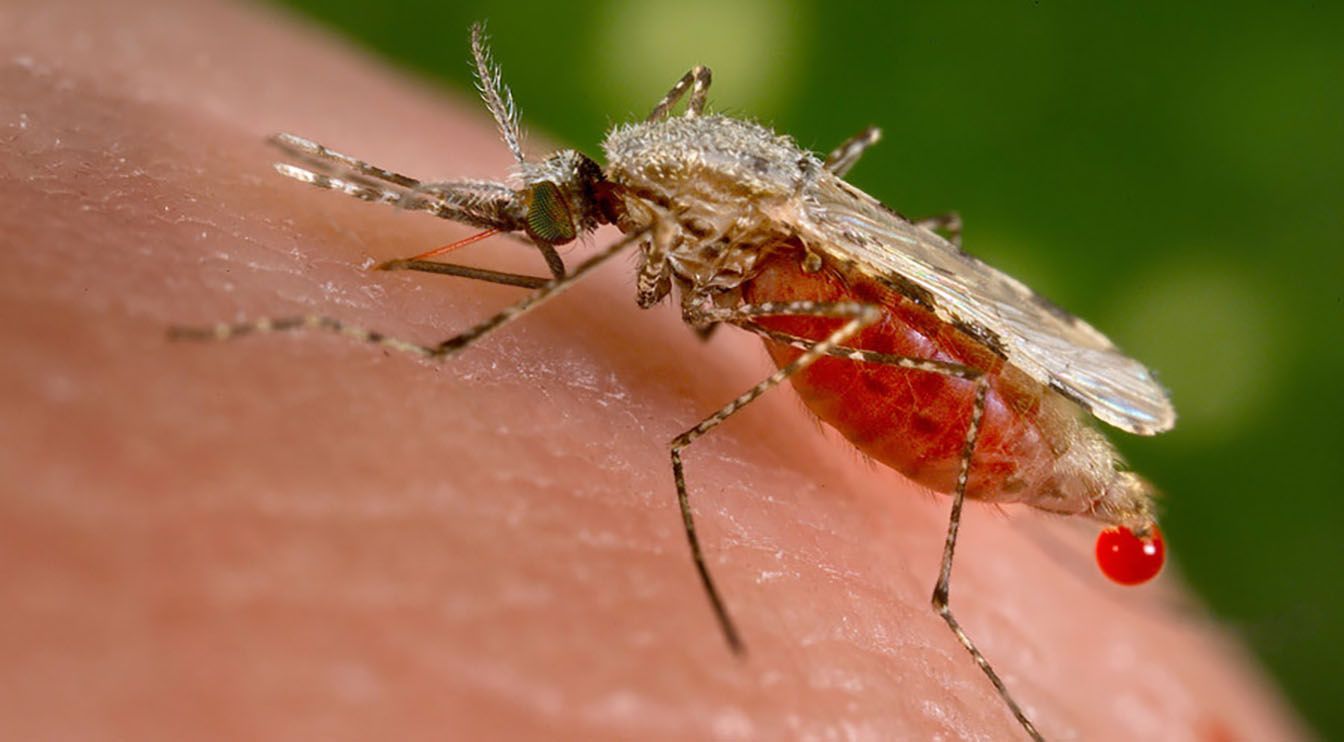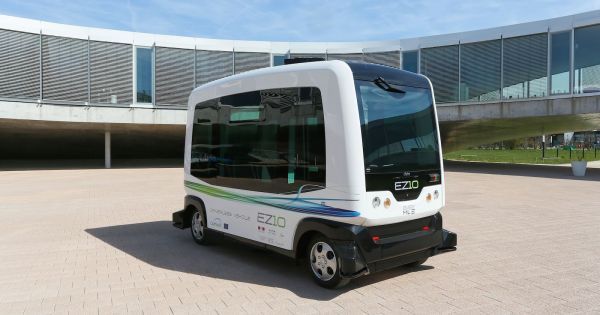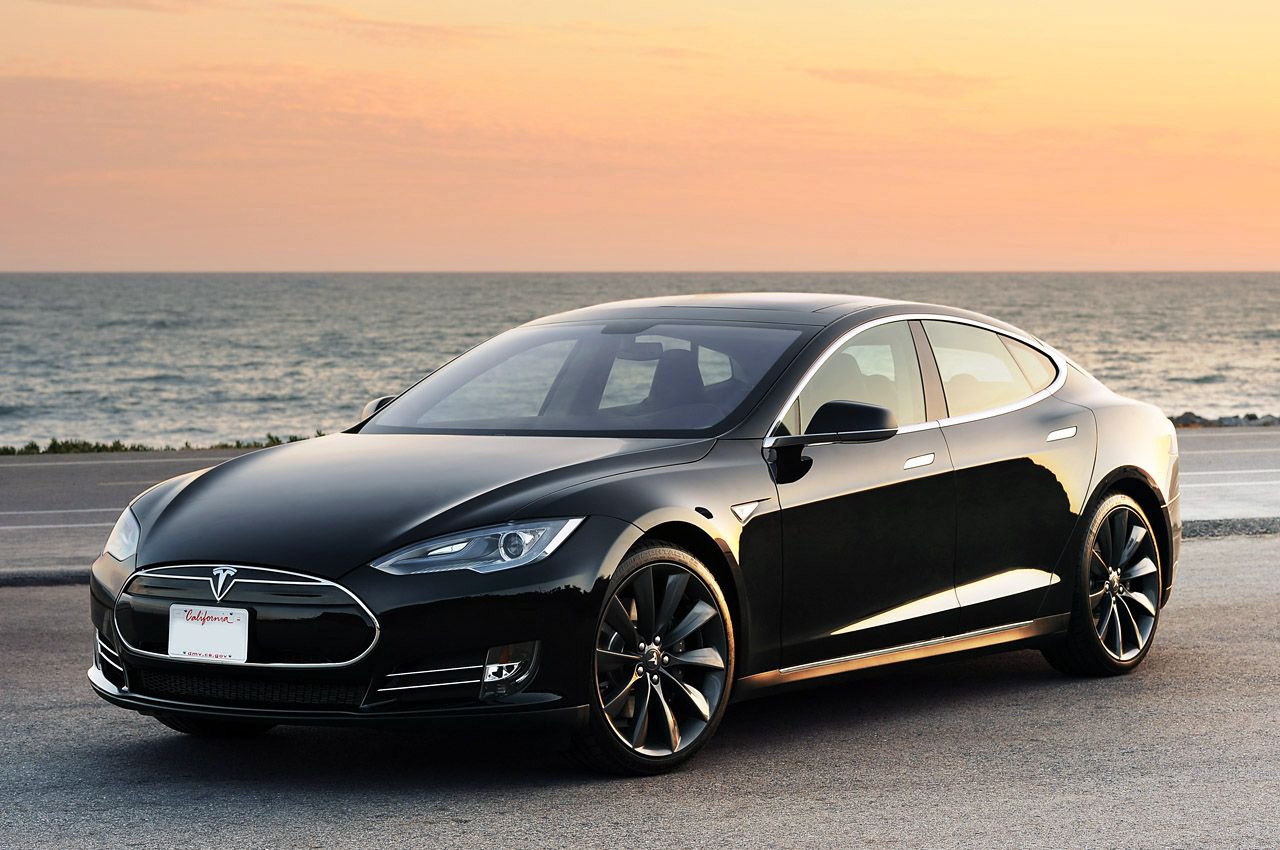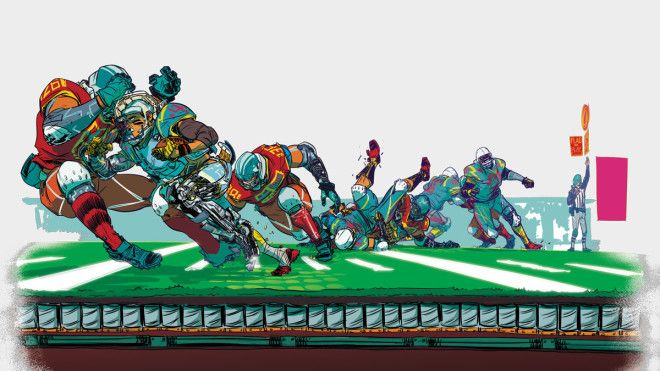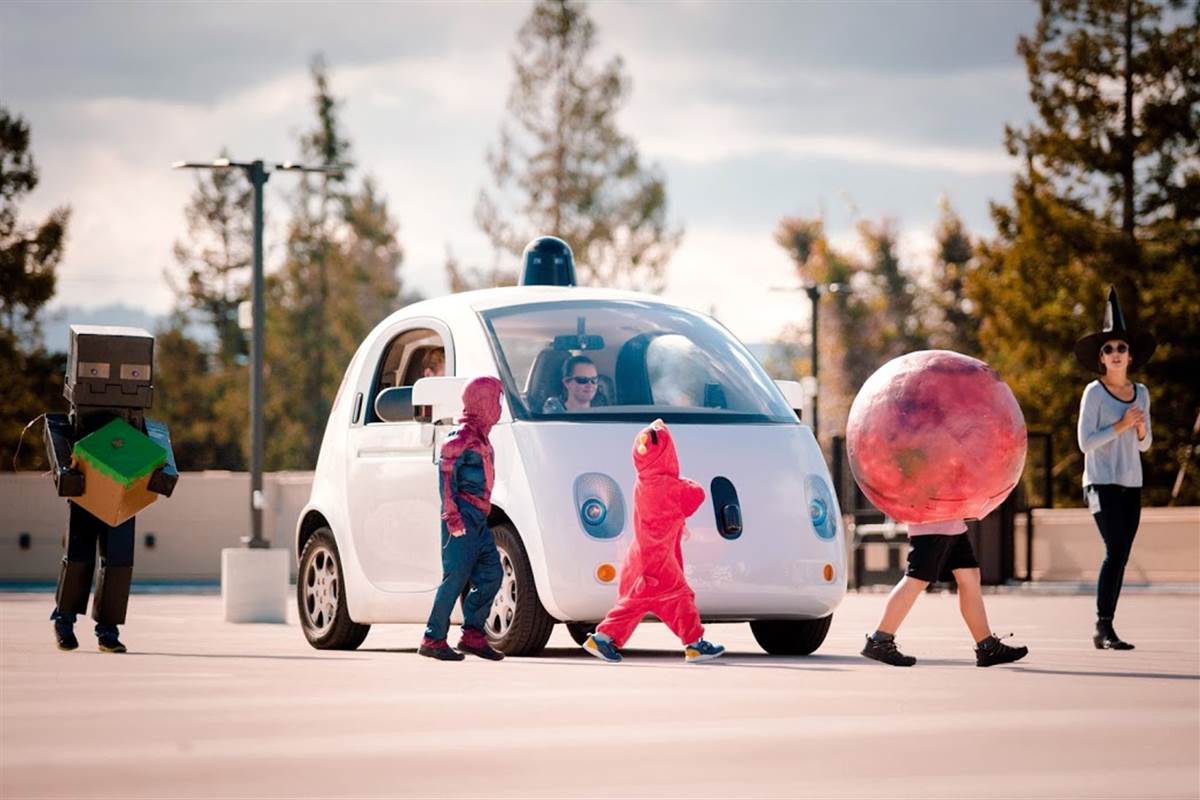Jan 31, 2016
Aviation on Mars? Airbus Perlan 2 Glider To Help Test Its Limits
Posted by Bruce Dorminey in categories: space, transportation
One of the best places to test what it will actually be like to fly in Mars’ thin atmosphere is at 90,000 feet in our own. Ironically, this summer, Airbus and partners are testing the Perlan 2 glider in part to help determine among other things just what we need to do to actually aviate through the red planet’s atmosphere. Maybe Andy Weir has a sequel in him.
By pushing the atmospheric envelope at the edge of Earth’s stratosphere, the Airbus Perlan 2 glider’s next tests should pave the way for both future aviation on Mars and Earth-based commercial hypersonic aircraft, Allan McArtor, the Chairman and CEO of Airbus Group, Inc… told me.
The Perlan 2 sailplane/glider, which had its first test flight last September in Oregon, will attempt to reach its optimal cruising altitude of 90,000 feet as early as this coming June in Argentina, says McArtor. When it does, it will be the highest that any winged vehicle, powered or otherwise has gone.
Continue reading “Aviation on Mars? Airbus Perlan 2 Glider To Help Test Its Limits” »

